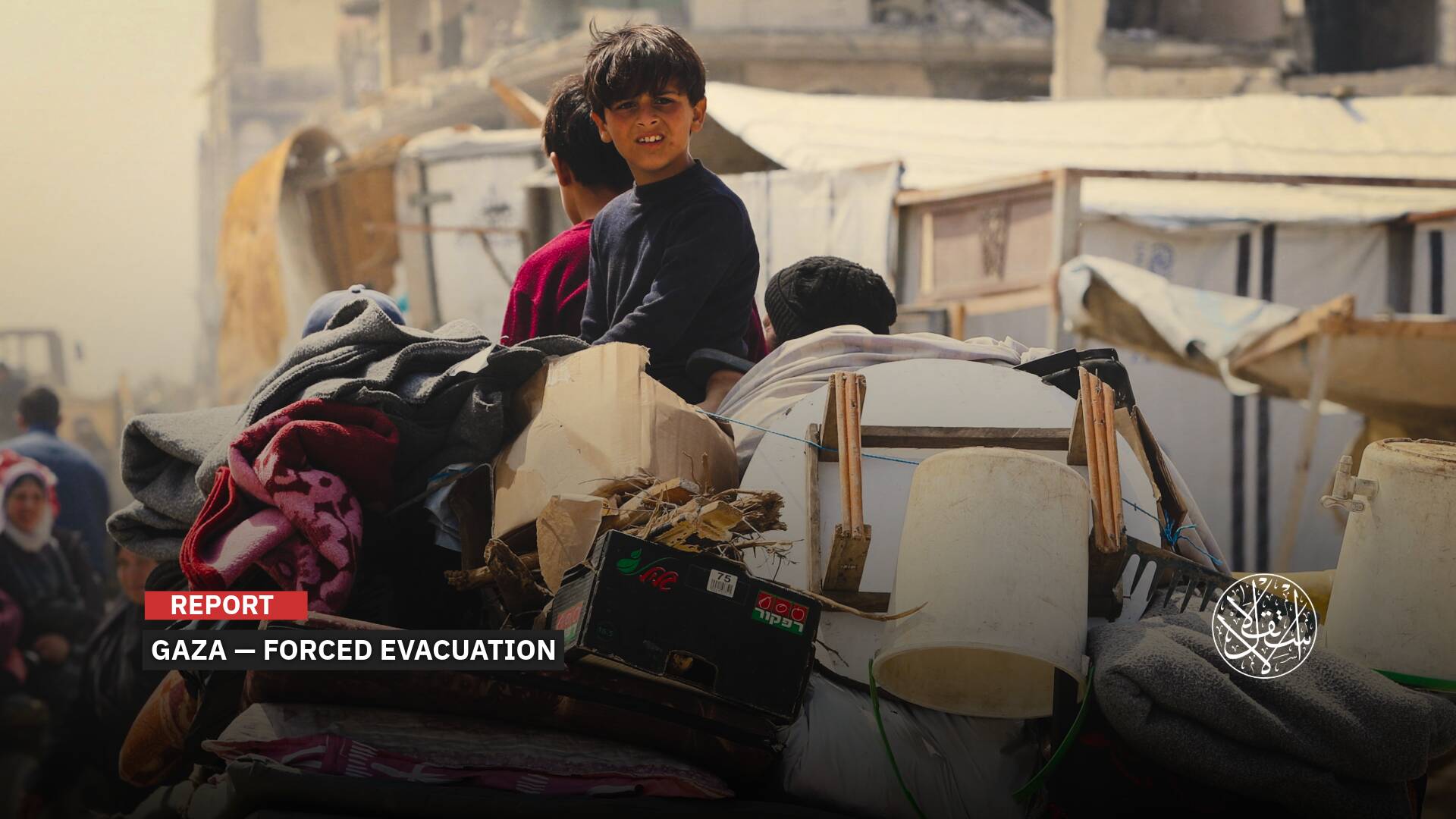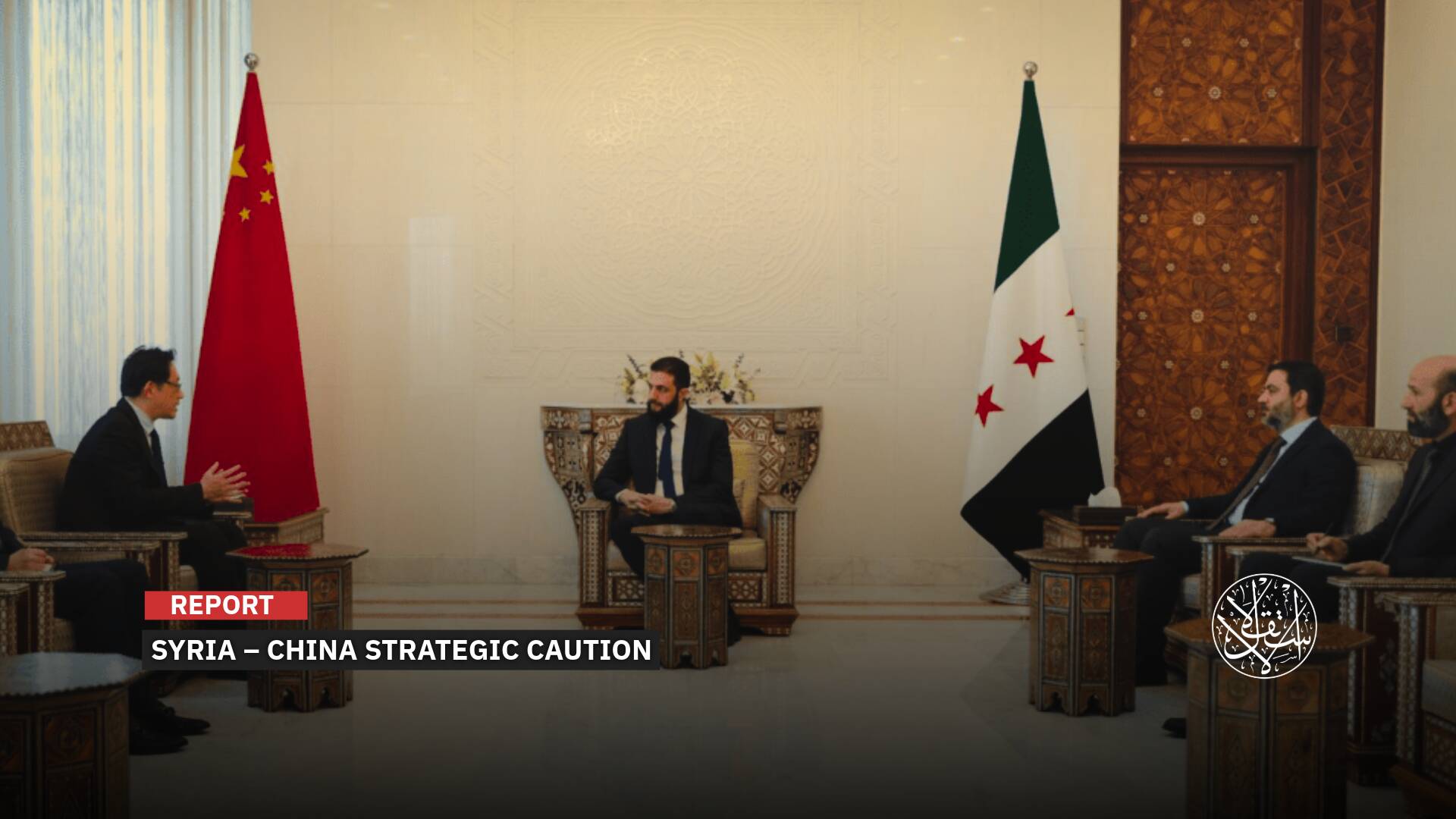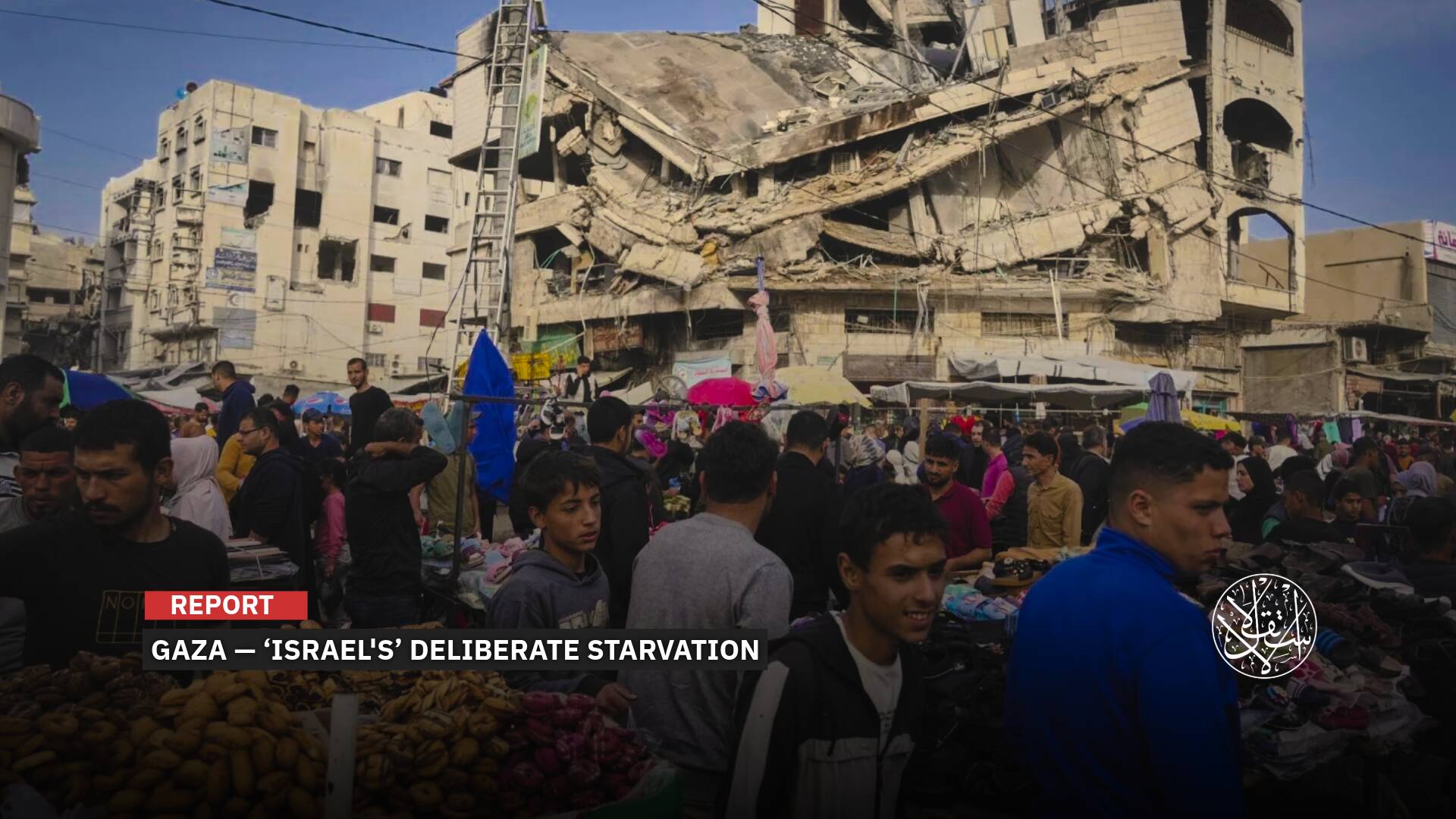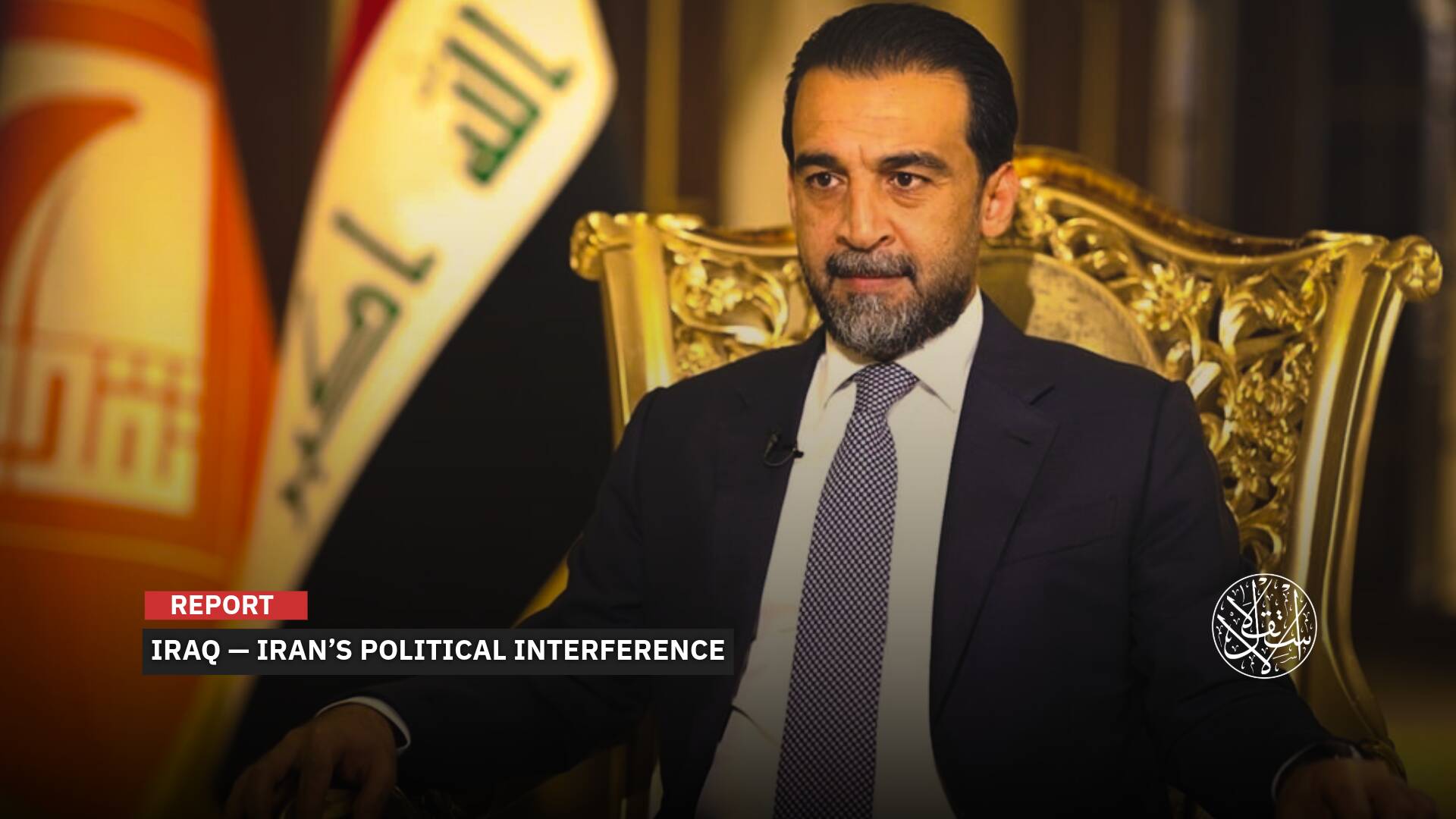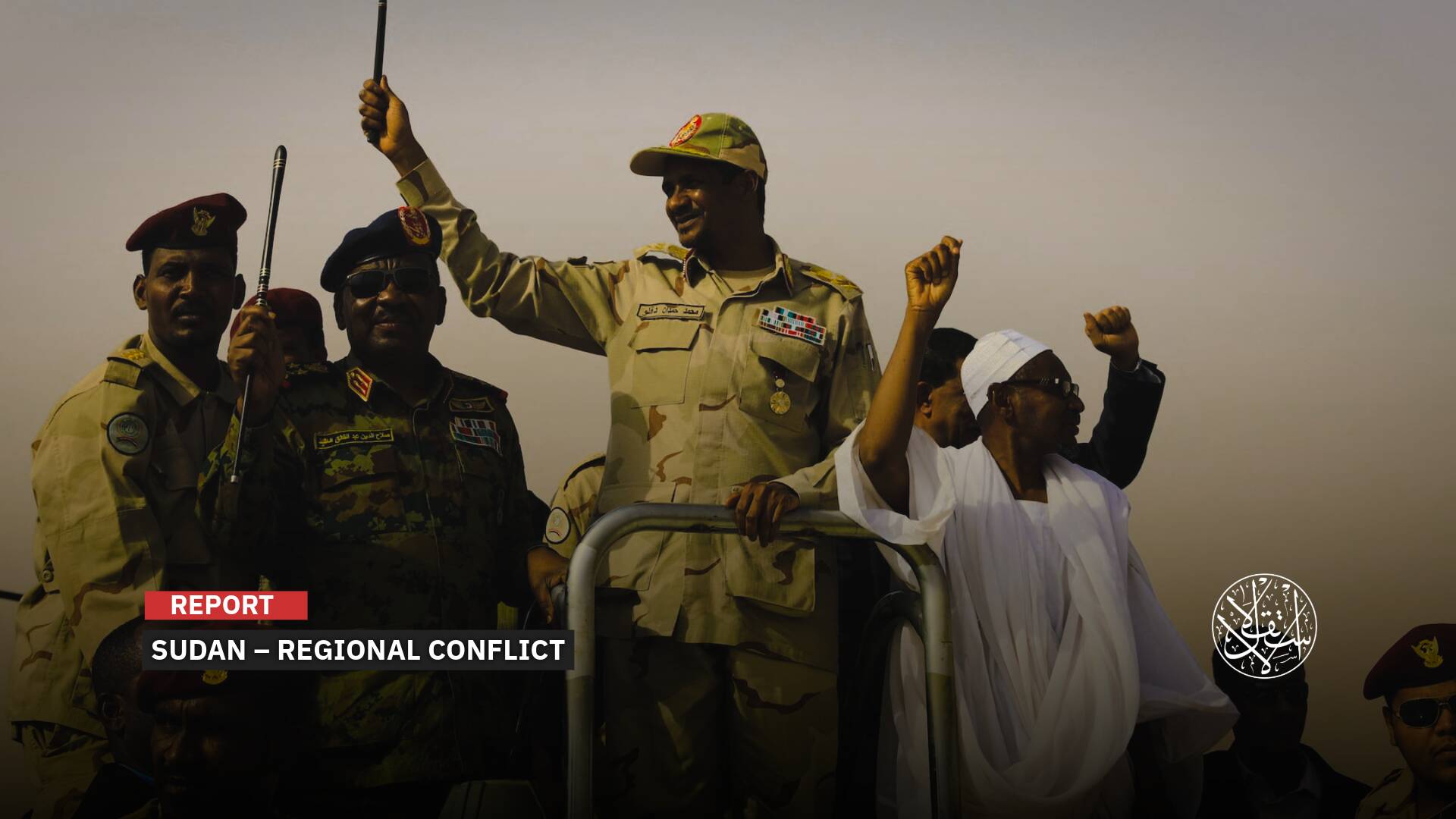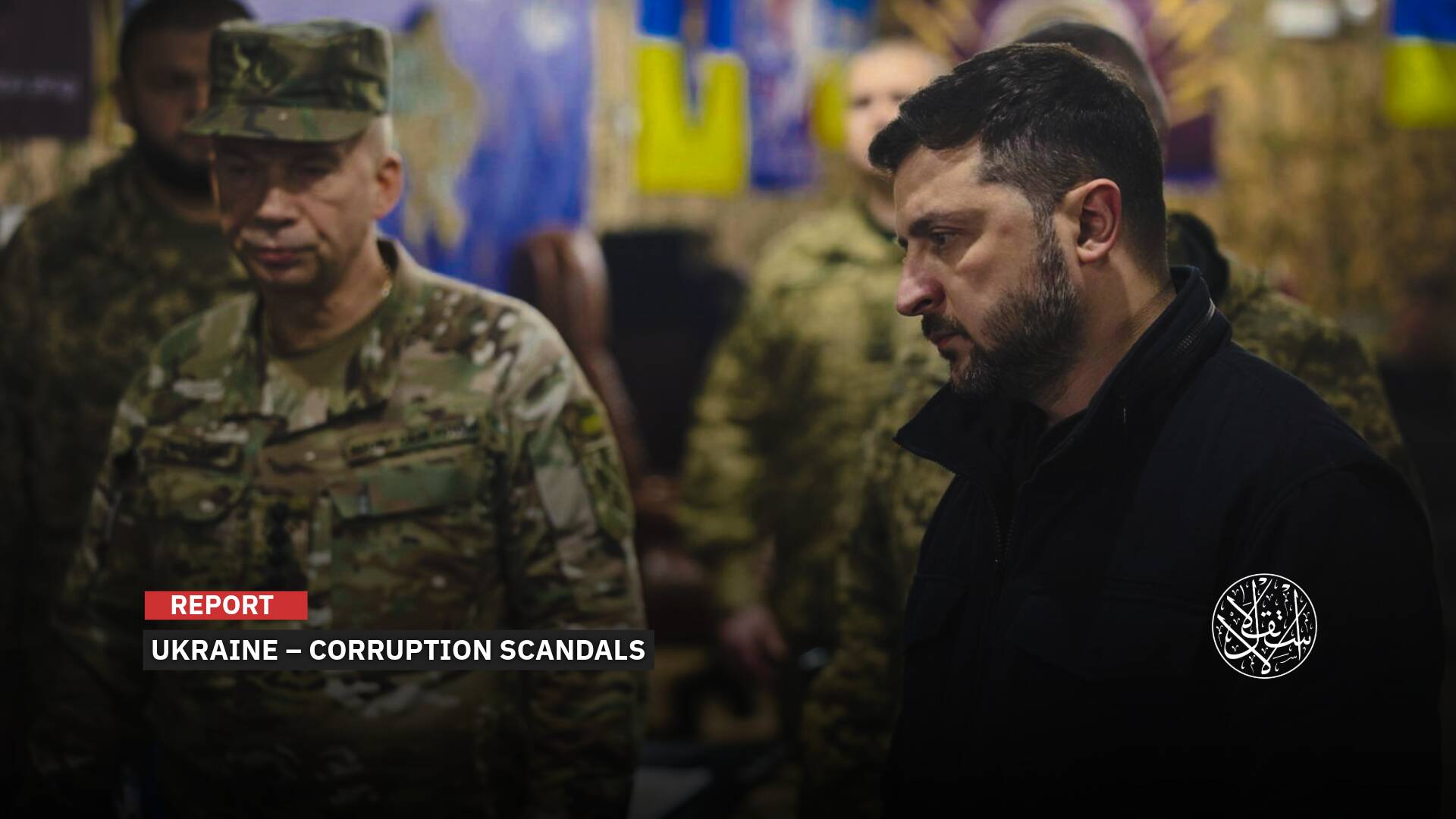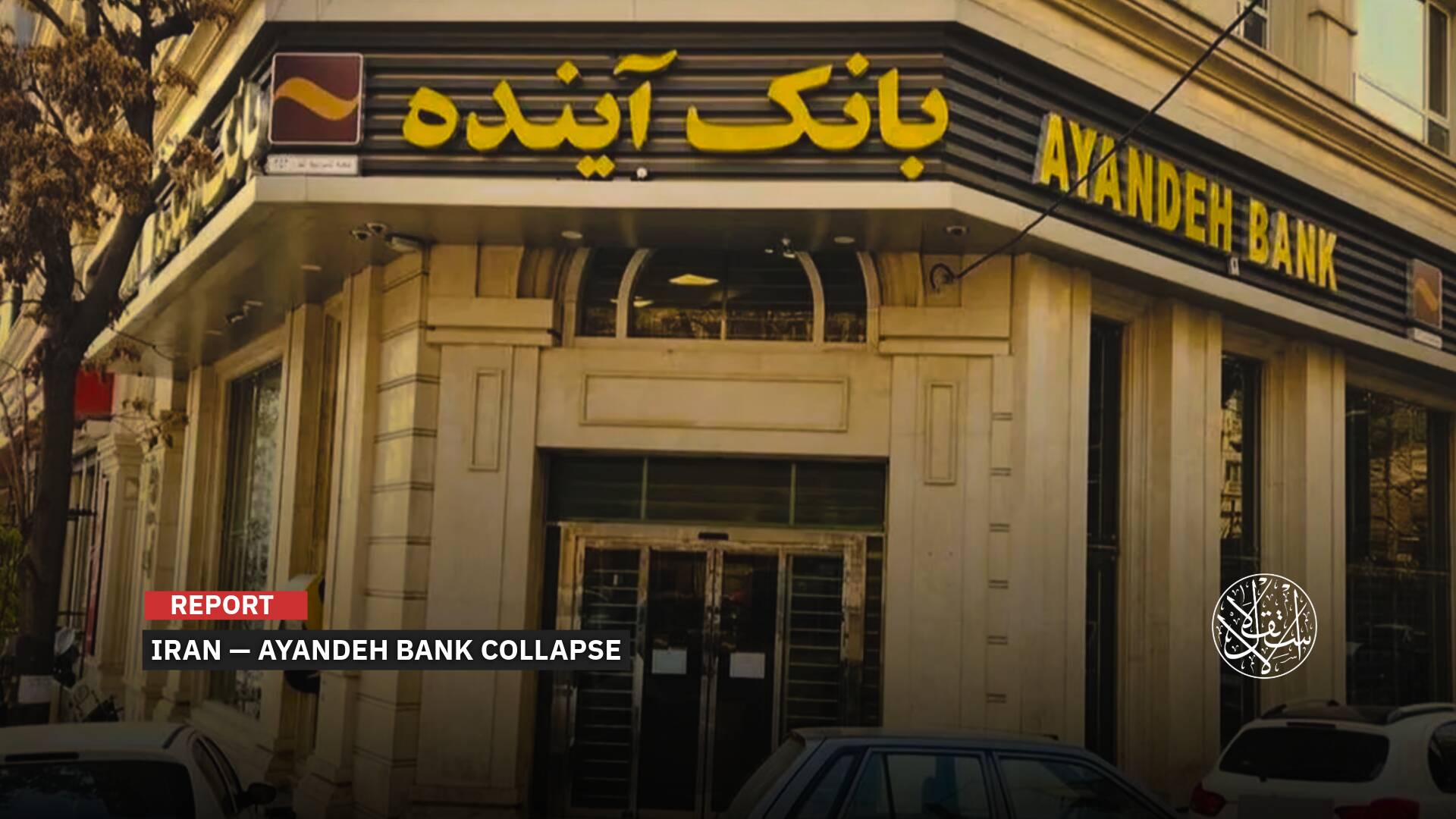Gaza’s Sea: How ‘Israel’ Turned a Lifeline into an Open Grave
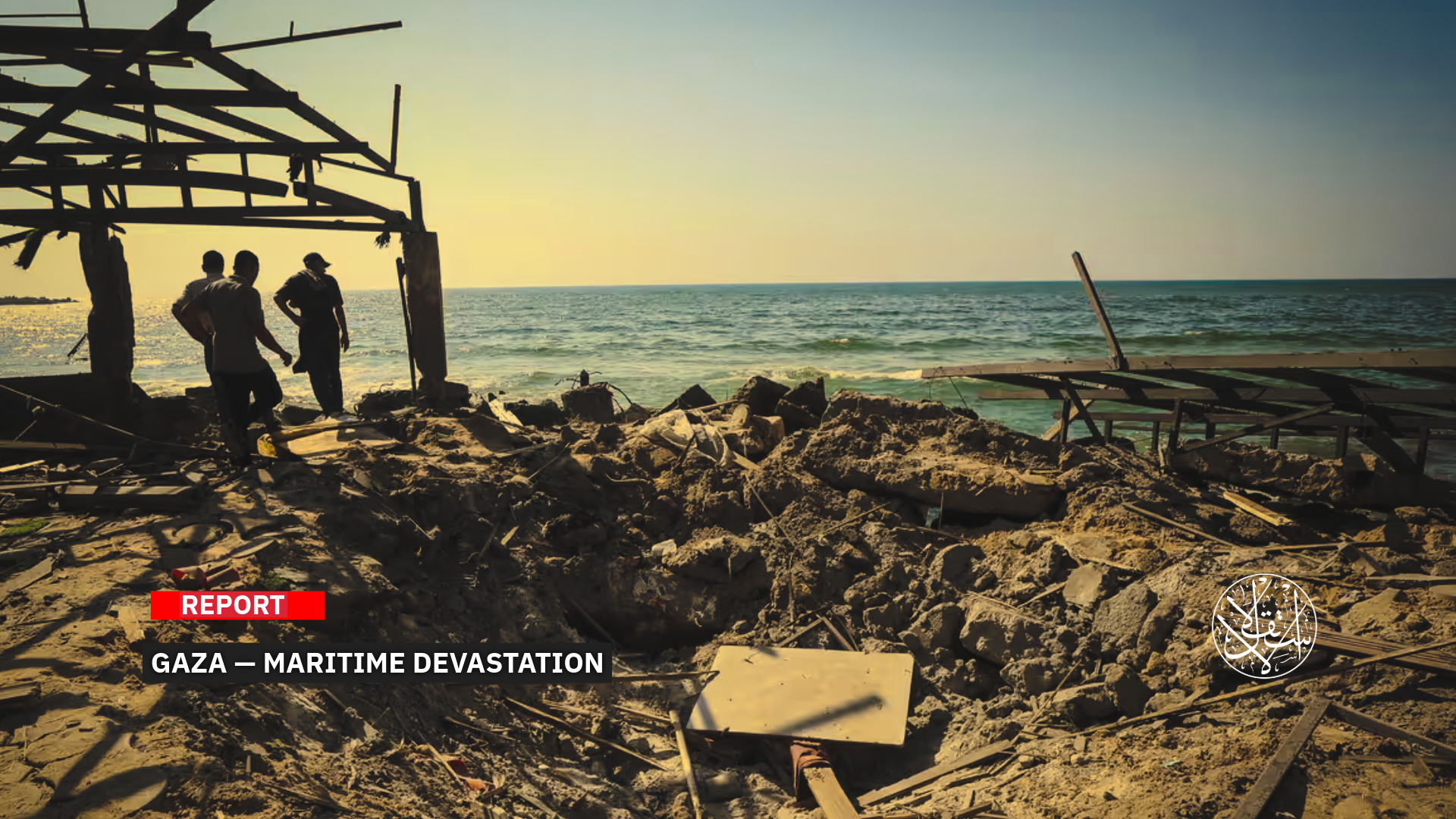
The sea remains the only escape for Gaza’s 2.2 million residents.
Gaza fisherman Ahmed Bakr is enduring compounded hardship as he is barred from venturing into the sea amid an Israeli-imposed ban and ongoing military targeting.
Meanwhile, he and his family, like hundreds of thousands across Gaza, face unprecedented hunger.
On July 12, 2025, the Israeli Occupation Forces issued a military order fully closing off Gaza’s maritime waters, forbidding fishermen from sailing until further notice.
This move marks a serious escalation, targeting the livelihoods of thousands of Palestinian families who depend on fishing for their daily food needs, deepening hunger and closing off vital avenues for accessing sustenance.

Death Sentence
Baker told Al-Estiklal that fishermen and their families once held faint hopes of accessing the sea despite the risks, but that has now changed.
“In recent months, we have barely managed to reach the water amid severe hardships, with gunfire targeting us, relentless pursuit, and the destruction of our boats,” he said.
He added that many of his colleagues have been killed, wounded, or detained, as the Israeli Occupation Forces deliberately target any boats moving at sea, as well as those docked at Gaza’s port or along the shoreline.
According to a joint report released in June 2025 by al-Dameer Association for Human Rights and the Gaza Civil Society Network, at least 202 people working in the fishing sector have been killed since the outbreak of the war.
Among them, 50 were killed by Israeli naval gunfire while carrying out their work at sea, and more than 300 others were injured, including 20 who sustained wounds while still on the water, up to the time of the report’s release.
The report also highlighted that over 90 percent of fishing boats and vessels, along with fishermen’s storage facilities and shelters, have been completely destroyed.
Fisherman Ahmed said, “The inability to reach sufficient distances at sea reduces the chance of catching fish, but the official ban extinguishes any remaining hope; it feels like a death sentence for us.”
Under normal circumstances, Gaza’s waters were already tightly controlled by Israeli authorities, who frequently imposed sudden closures and reduced the permitted fishing zones as part of what is widely seen as collective punishment policies against the Strip’s residents.
Ahmed Bakr questioned, “How can you imagine the situation during a war and genocide that has left no sector untouched?” He added that the occupation is deliberately trying to extinguish
Israeli naval vessels force fishermen attempting to fish to return to shore by opening fire on them, destroying their boats, and threatening them with death, tactics that sow terror among the fishing community and bar them from venturing further into the sea.
Recent videos have surfaced showing Israeli patrol boats relentlessly pursuing small Palestinian fishing boats, at times driving them dangerously close to the shore.
For example, on May 9, Israeli Occupation Forces executed two fishermen aboard a small boat as they tried to catch fish to feed their families amid the suffocating famine in Gaza, a grim pattern of violence repeated throughout the offensive, which also saw dozens arrested.
A fishing committee official in Gaza, Zakaria Bakr, told Al-Estiklal that more than 210 fishermen have been killed during the recent aggression, including 60 who died while attempting to fish. Meanwhile, Israeli Occupation Forces have detained 20 others, most of them in July 2025.
“Almost 95 percent of fishing boats and related facilities have been destroyed, including repair workshops, engines, ice factories, storage rooms, and warehouses. Even Gaza’s port was bombed and split in two.”
“The current reality of fishing is catastrophic; everything has been destroyed. Boats, rooms, and facilities linked to the fishing sector across three governorates, northern Gaza, Gaza City, and Rafah, have been wiped out, leaving only a limited number in Deir al-Balah and Khan Younis,” Bakr said.
“For several months now, fishermen have been trying to go out to sea in small makeshift vessels, paddle boats resembling skateboards, broken refrigerators, or pieces of polystyrene, carrying only small nets.”
He highlighted that these fishermen “venture into the sea within very restricted areas, no more than 800 meters from shore, generally catching less than two percent of what they used to before the war. Their journeys are fraught with danger, exposing them to the risk of death, injury, or arrest.”
Key Sector
Fishing remains the primary source of income for hundreds of families in the Gaza Strip, especially amid the ongoing Israeli blockade that has lasted for more than 15 years, exacerbating economic and living conditions.
The food crisis has deepened sharply following the complete closure of Israeli crossings and the blockade on aid deliveries since March 2, 2025, all against the backdrop of continuing mass atrocities.
In April 2025, before “Israel’s” official ban was formally issued, Zakaria Bakr, head of Gaza’s fishing committees, reported that the number of active fishermen had plummeted to just 400, down from 6,000, with boats now restricted to waters no farther than 500 meters from shore.
Since the outbreak of the war on Gaza in October 2023, the fishing sector has witnessed a staggering 98% drop in output.
Bakr noted that, with production grinding to a halt, the industry has been incurring losses of up to $7 million each month.
Speaking to the press, he warned that attacks on fishermen had escalated sharply, becoming a daily occurrence, since “Israel” resumed its aggression on the Strip in March.
“We’ve recently seen them being chased by quadcopter drones,” he said, “and that’s an alarming development.”
He stressed that “the occupation is attempting to completely dismantle this vital sector, which is the second-largest source of production in Gaza after agriculture, all amid the ongoing closure of border crossings.”
According to UN estimates, the fishing industry in Gaza once provided a livelihood for more than 6,000 Palestinians. Today, it stands on the brink of total collapse, as those working in the sector describe what they see as the systematic targeting of its infrastructure.
The UN’s Food and Agriculture Organization (FAO) stated that the fishing sector once supported around 110,000 people in total and played a direct role in ensuring food security for nearly two million Palestinians.
The agency noted that even before the latest escalation, fishermen faced severe restrictions, with permitted fishing zones limited to six nautical miles in the north and 15 miles in the south.
Today, fishing is confined to just a few meters off the shoreline, placing fishermen in constant danger, even before a total ban on access was enforced.
The previously cited statement by Palestinian civil society organizations confirmed that “Israel’s” attacks have left at least 4,500 fishermen and 1,500 workers in fishing-related trades without their sole source of income.
Zakaria Bakr, head of Gaza’s fishing committees, further explained that since the beginning of the war, Israeli Occupation Forces have carried out systematic strikes on fishermen’s docks and boats using naval vessels and warplanes, destroying nearly 95 percent of their assets, including ice factories, fish stalls, and the main fish market inside Gaza City’s port.
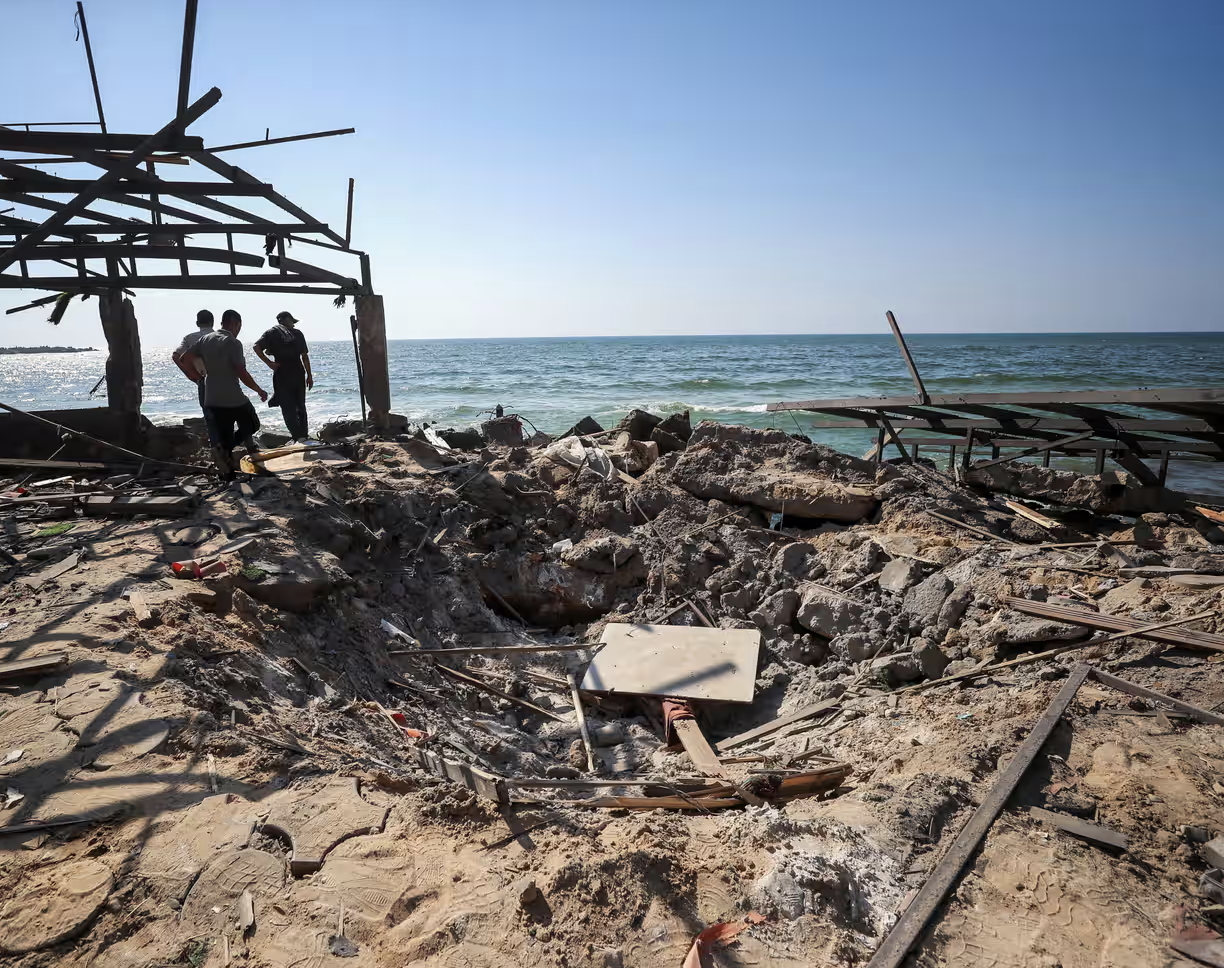
A Harrowing Portrait of Suffering
The damage extends far beyond the fishing sector and the targeting of fishermen, encompassing a broader, more painful reality: tens of thousands of displaced Palestinians across Gaza who have sought refuge by the sea.
Many of those forced from their destroyed homes now pitch their tents along the shoreline, only to face occasional gunfire from naval patrols that routinely pursue fishermen, even during periods of relative calm.
Naval patrol boats, alongside warplanes and drones, have long targeted the tents of displaced civilians along the shorelines, shelters that house only innocent families.
The sea is widely regarded as the only outlet for Gaza’s 2.2 million residents, especially since the blockade began in 2007.
During the scorching summer months, and amid the well-documented, prolonged power outages that plague the Strip, many have come to rely on the sea as a refuge, spending entire days by its shore.
But this sole refuge has become a new source of suffering. Many now avoid going into the sea for fear of losing their lives and due to the lack of necessities such as spare clothing, bathing facilities, and other essentials.
Tragically, this fear is well-founded. Most recently, on July 22, a young man was killed by a direct bullet from Israeli naval vessels.
He was shot dead while filming a video of his friend, draped in a Palestinian keffiyeh, near Gaza’s port, an area now transformed into a sprawling camp for displaced families.
The al-Baqa cafe massacre stands out as one of the most brutal and shocking episodes, where a popular cafe, once celebrated as one of the most beautiful spots along the shore, which was transformed into the scene of a horrific slaughter.
On June 30, 2025, as patrons sought a brief respite from the pain of displacement, ongoing aggression, and food scarcity, an Israeli warplane struck the cafe with a missile, reducing the place to rubble.
The massacre claimed the lives of 33 Palestinians and wounded more than 50 others, all unarmed civilians.
Among the victims were students, workers, journalists, artists, and displaced residents, all desperately clinging to what remained of a normal life by the sea.
An investigation by The Guardian revealed that the Israeli military used a 500-pound (230 kg) American-made MK-82 bomb at the al-Baqa cafe, a weapon known for its devastating explosive power and wide-ranging impact.
From Gaza, Abdalla Mughari tweeted, “Gazans are killed and wounded in their homes, their mosques, their churches, in the streets, in tents, even on the shores of their own city.”


